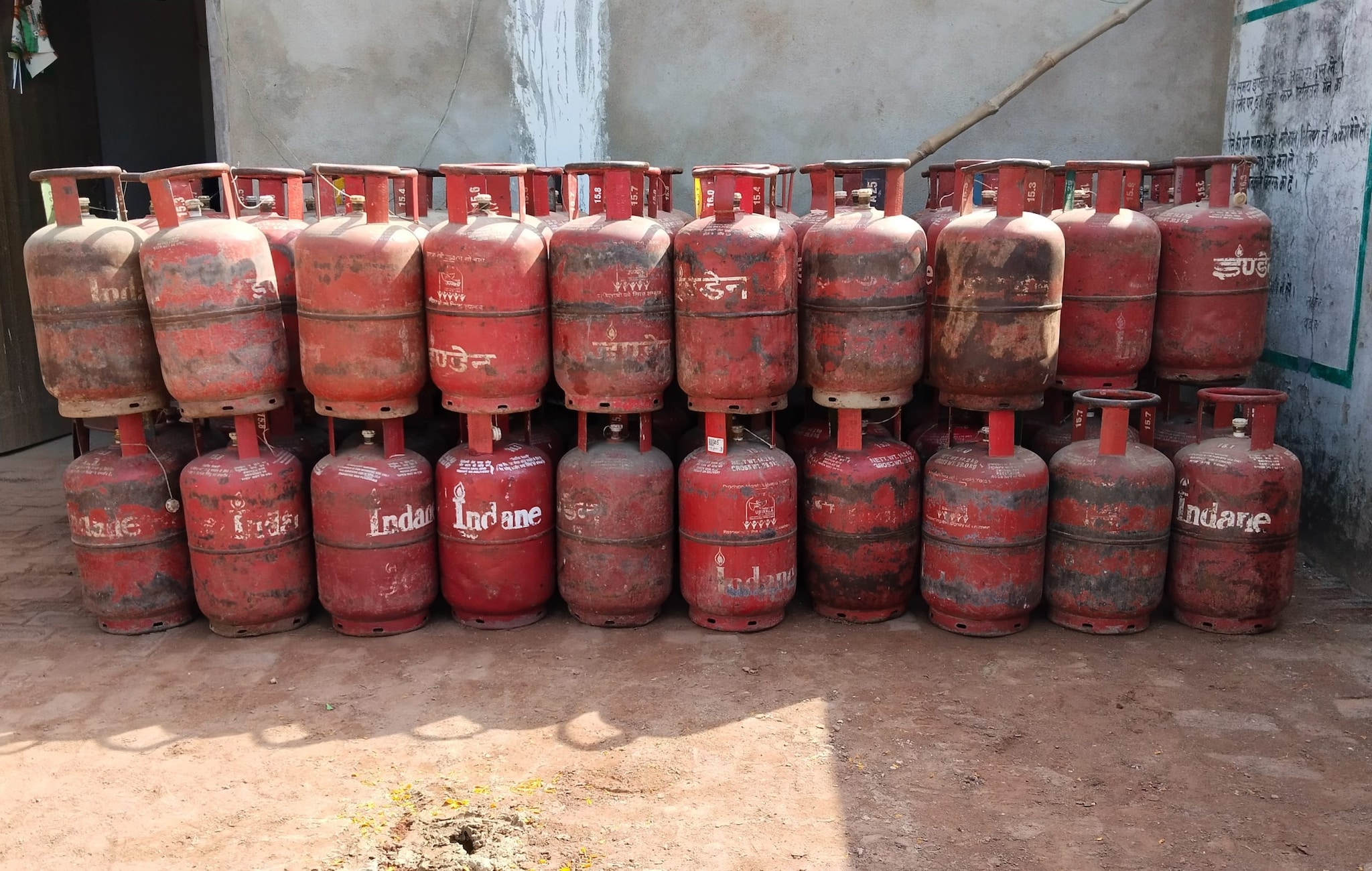Mumbai: Reserve Bank of India (RBI) governor Sanjay Malhotra on Wednesday highlighted risks to growth and inflation from the tariff war and policy uncertainties, with both businesses and households deferring investments and discretionary consumption, respectively, across industrial economies. The dent on global growth due to trade frictions will impede domestic growth. Higher tariffs shall have a negative impact on net exports, Malhotra said.
The central bank has projected 6.5% growth in FY26, lower than the 6.7% predicted earlier, reflecting the impact of global trade and policy uncertainties.

Malhotra, however, stopped short of quantifying the impact of the trade uncertainties on India. There are several known unknowns-the impact of relative tariffs, the elasticities of our export and import demand; and the policy measures adopted by the government including the proposed foreign trade agreement with the USA, to name a few. These make the quantification of the adverse impact difficult, Malhotra said.
US President Donald Trump announced tariffs on April 2, causing a global capitulation in risk assets. Trump levied a 26% tariff on India, higher only compared to the UK among major economies. Initial tariffs on China were at 34%, Vietnam 46%, Cambodia 49% and South Korea 25%.
Malhotra said that the impact of these tariffs on India versus some other countries is lesser but acknowledged that it certainly is a growth dampener. Our exports overall are 12% of GDP and less than 2% for the US. Compared to that (exports for) China is about 19% (of GDP) and Germany is 37% and even the EU is 30% plus.
Smaller countries like Vietnam, Taiwan etc are at 80%. To that extent we are better placed compared to some of the countries that's why you see the reciprocal tariffs are lower for India because our surplus vis a vis those countries is much less. So, we may have a comparative advantage, he said.
On the impact on the currency because of volatility in the global markets, Malhotra reiterated the RBI's stand that the central bank only intervenes if there is excessive or disruptive volatility in the rupee and does not try to manage or target any rate or band or level for the currency. The markets in India are quite deep and wide. The market forces best know what the level should be.
Having said that, if any excessive volatility requires any intervention, we will not be found wanting. We will intervene wherever it is required, Malhotra said..
Business

Higher US tariffs to impact local growth and inflation: RBI boss

RBI Governor Sanjay Malhotra warned of growth and inflation risks from global tariff wars and policy uncertainties, prompting a downward revision of India's FY26 growth forecast to 6.5%. He emphasized India's relative resilience due to lower export dependence but acknowledged that rising trade frictions remain a growth dampener.














